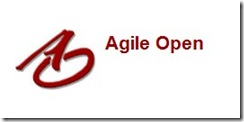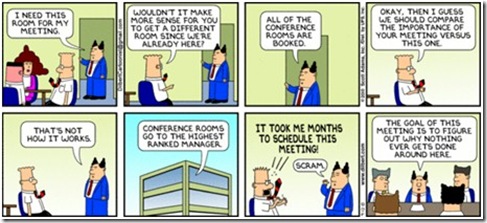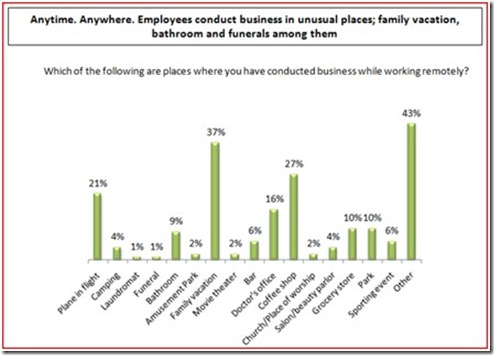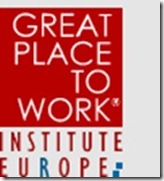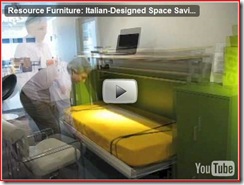Strange how corporate titans who passionately espouse the freest of free-market economics in their politics, then run their own enterprises like a dictatorship.
Yes, the free-market has its inefficiencies and hazards (as the recent economic downturn has starkly illustrated). But to paraphrase Churchill, “It’s the worst system…except for all the others that have been tried.”
Dynamic Work really applies a lot of free-market principles to the internal workings of organisations. Resources are not allocated by status, rank or hierarchy. But instead, they are allocated flexibly and dynamically to those who can make the best use of them.
My new role takes me back to the heart of technology again, but the principles of Dynamic Work share so much in common from this domain. The Piero Technology and Development Manager Sean Hoskins has introduced more Agile Programming techniques into Piero’s development methodology and in his investigation into the area came upon ‘Agile Open’ and their page on Open Space which has a number of excellent and concise principles for running productive meetings which covers dynamic principles including…
- Opening
- Marketplace of Ideas
- Break-out Sessions
- Closing
- Bumblebees and Butterflies
I particularly promote the principle of ‘all meetings are voluntary’. It is the responsibility of the meeting organiser/owner/scheduler to create enough benefit to the meeting for the participant to want to invest those hours of their time. The most tell-tale sign of a time-wasting meeting is when the corporate 3-line-whip goes out mandating attendance.
Some people will protest that some meetings are required by law for safety and compliance regulations. Not so. The regulations require ‘training’ and this does not have to be done in a classroom environment (Microsoft delivers all of its safety, compliance and mandated training through online courses).
